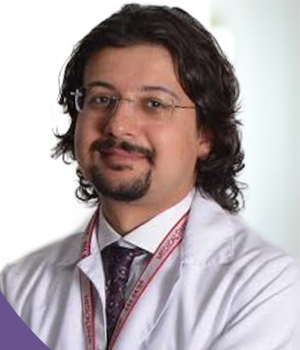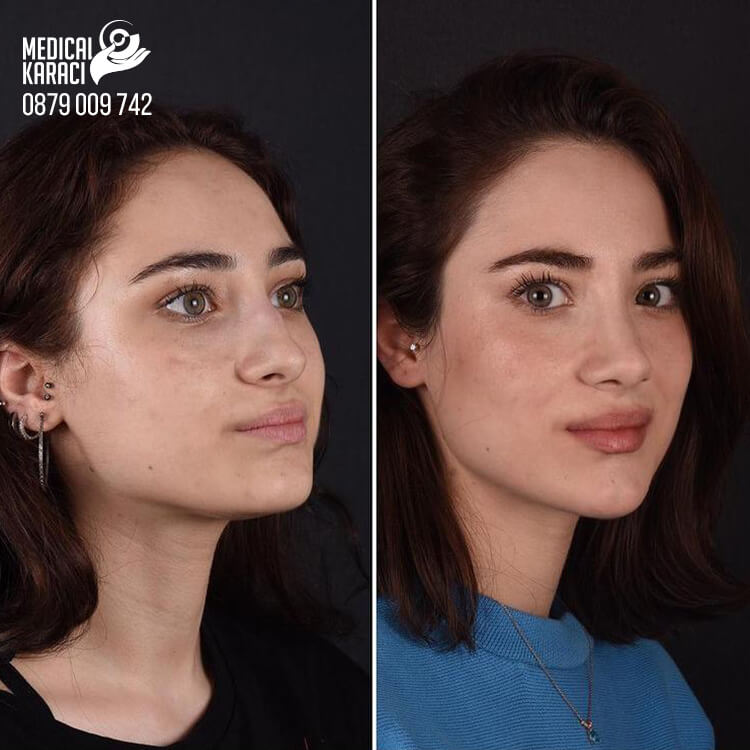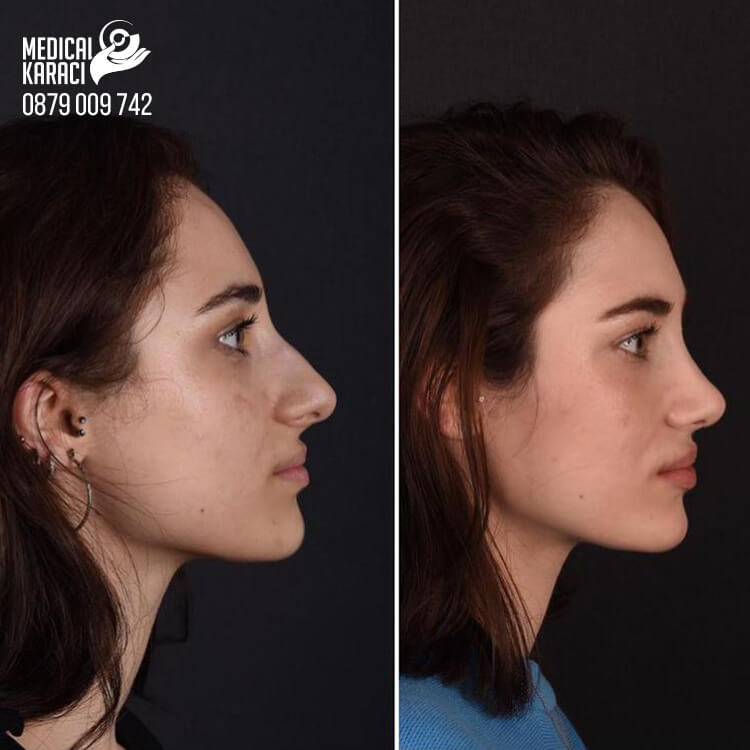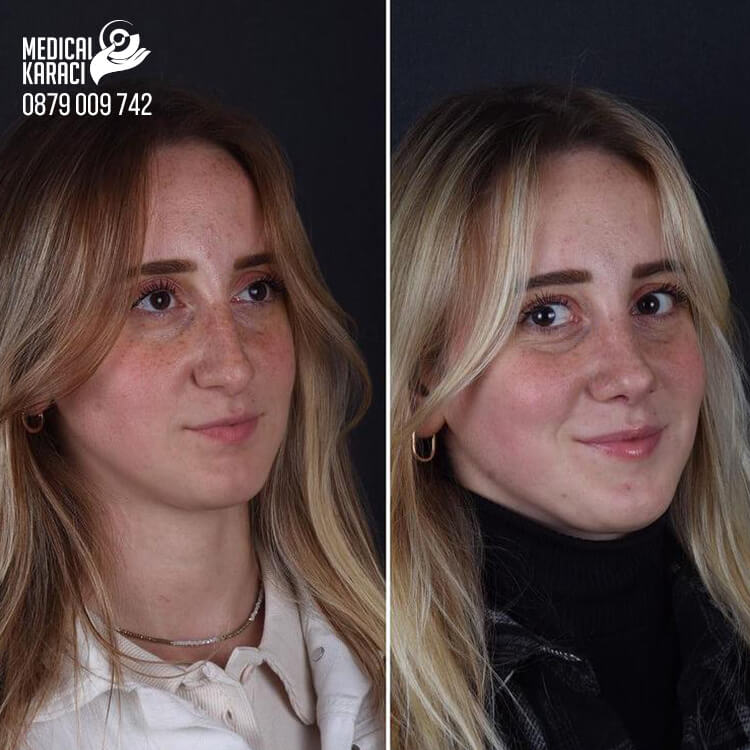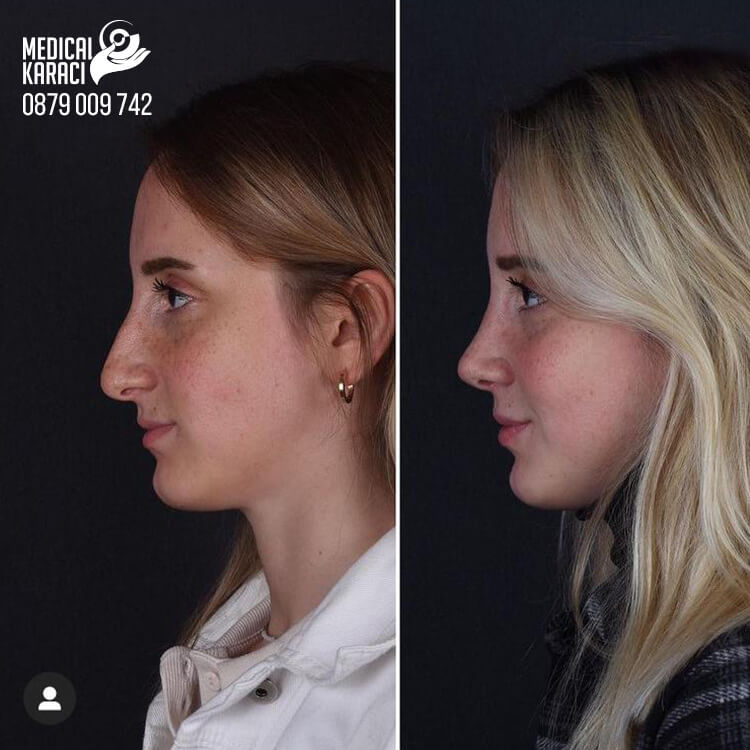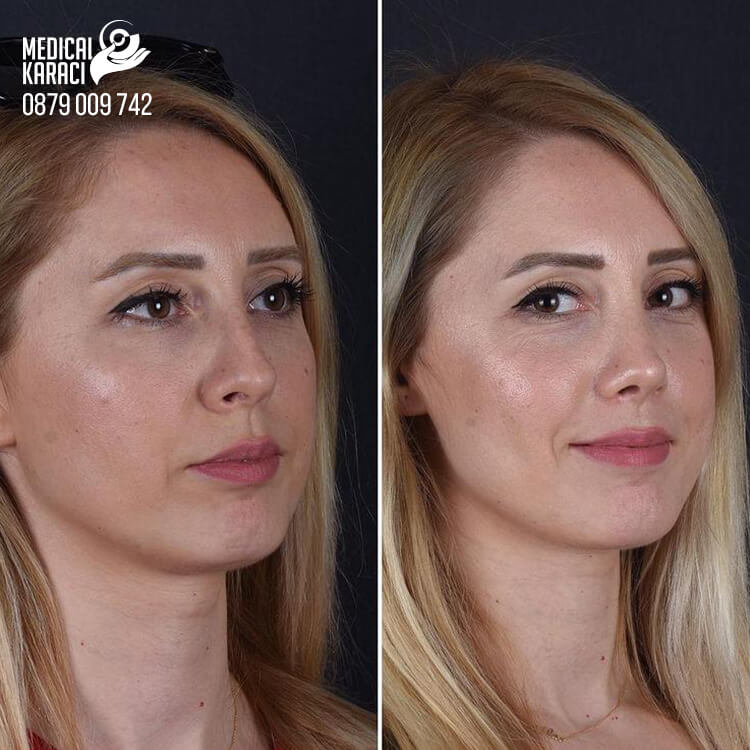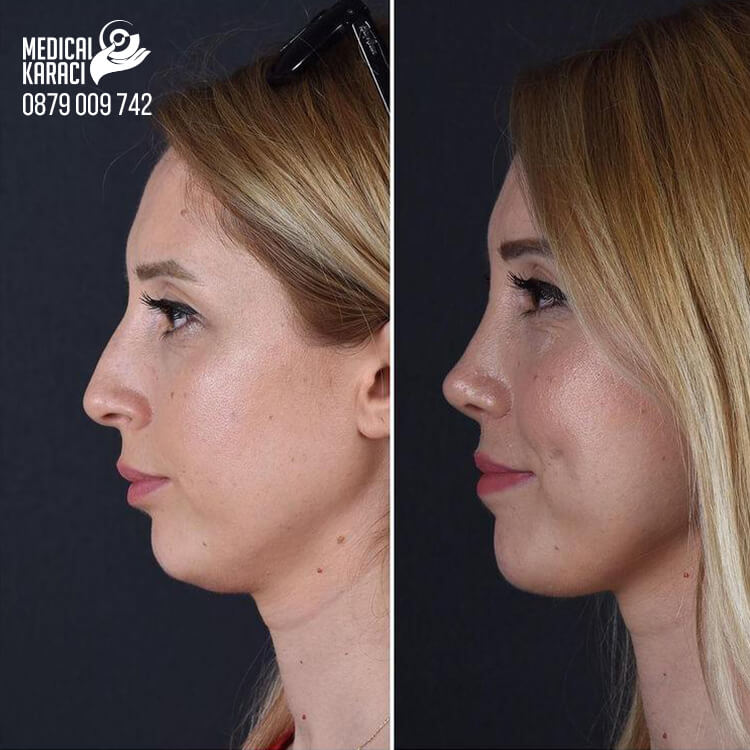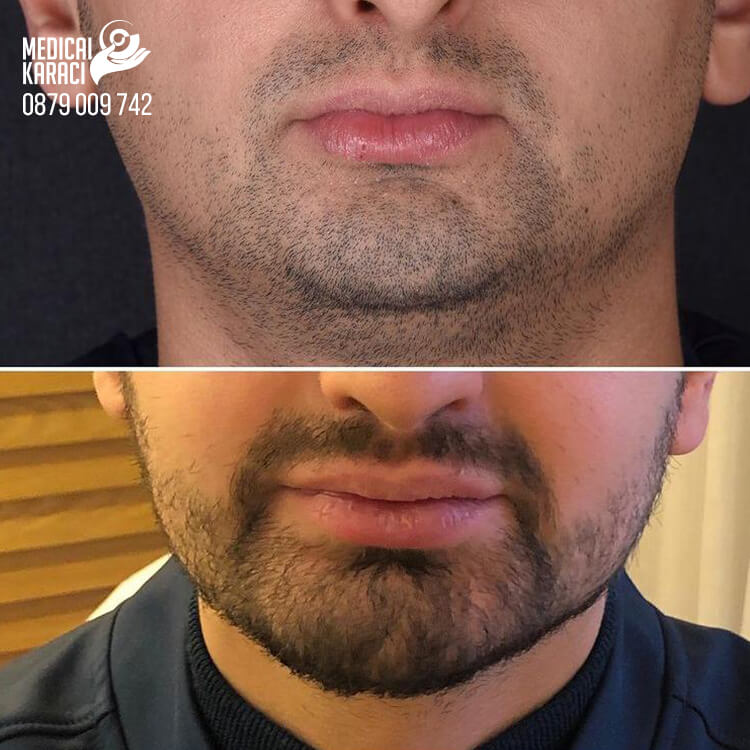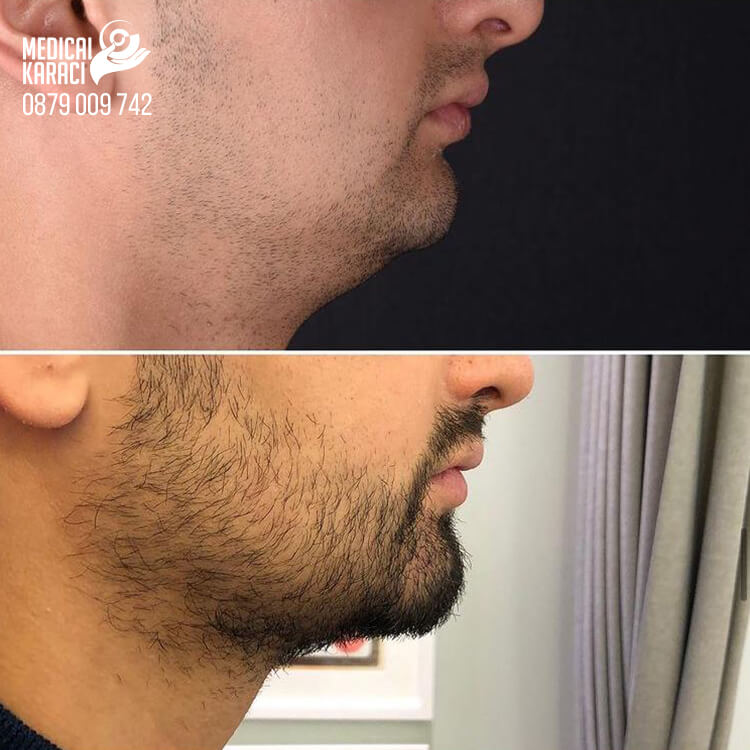Dr. Ibrahim Alper Aksakal: plastic and reconstructive breast surgery
Aesthetic breast surgeries include breast reduction, breast augmentation and breast lift interventions. Although these procedures are most often performed based on aesthetic motives, they may also be motivated by health concerns.
Breast reduction
This is the preferred surgical method for patients whose breast volume is larger than normal body size. Often patients come to this procedure for back, low back and neck pain. The surgery takes approximately 3-4 hours and it is mandatory to stay in the hospital for at least 24 hours for observation.
Breast augmentation
Breast augmentation surgery is performed on patients whose breast volume is smaller than normal body size. The prostheses to be used are decided according to the patient's measurements and body structure. In these cases, simulations can be made using a 3D program. It is correct to note here that breast augmentation is primarily motivated by aesthetic reasons.
Dr. Aksakal: Aesthetics of the abdominal area
The operations to shape and tighten the abdomen are called abdominoplasty and liposuction. Depending on the patient's needs, both procedures may be performed in the same session.
Abdominal tightening surgery is performed under general anesthesia. With an incision similar to a caesarean section, the abdominal skin tissue is removed along with the subcutaneous tissue. Once the necessary process is completed, the excess skin and subcutaneous tissues are removed and the surgery is completed with appropriate aesthetic sutures. To prevent bleeding or fluid accumulation under the skin during surgery, these fluids are removed using drains.
Gynecomastia
Breast enlargement in men (gynecomastia) is due to the direct effect of the estrogen hormone on the mammary glands. This situation can sometimes occur with a worsening hormonal balance or increased sensitivity of the mammary glands to estrogen.
"Female-type" breast enlargement can be seen in young men with a genetic predisposition. The problem of gynecomastia can be treated with a method of liposuction if there is no sagging of the skin. Under general anesthesia, the liposuction process takes about 1 hour. If there is excess fat as well as excess skin, this situation can be eliminated by surgical intervention.
Closed rhinoplasty
This is a surgical technique that is done through the nostril and there is no incision at the tip of the nose. It requires more experience than the open technique. Since there is no incision on the tip of the nose, there is no risk of scarring. There is less or no swelling and bruising compared to the open technique, and swelling decreases more quickly.
Breathing problems can also be corrected with the technique of closed rhinoplasty. No pain is felt after the operation, thanks to the long-acting painkillers applied to the nose during the operation, which lasts an average of 2 hours. It is recommended to stay in the hospital overnight. There are controls on days three and seven. It takes 1 year for the nose to take its full shape. It is not appropriate to go in a swimming pool for 4 weeks after surgery. Glasses can be used after 8 weeks.
Otoplasty
Since ear development is completed around the age of 6, visible ear surgery can be performed from this age onwards. Surgery can negatively affect school-age children mentally. The bandages that have to be put on can cause a mocking attitude, and this can traumatize the young patient. For this, it is advisable to have the surgery done before starting school.
The operation is performed with general anesthesia in children and local anesthesia in adults. It is a procedure of about 1 hour and does not require hospitalization. It is recommended that the patient requires an ear dressing for 3-4 weeks.
Dr. Ibrahim Alper Axakal: Blepharoplasty
The purpose of blepharoplasty is to remove fatigue, refresh them and give a more youthful appearance.
Upper eyelid blepharoplasty
The purpose of upper eyelid surgery is primarily to remove excess skin, eliminate fat accumulation, and if necessary lift the brow a bit. For this reason, when upper eyelid surgery is planned, an evaluation of the brow is also performed.
Lower eyelid blepharoplasty
When assessing the lower eyelid, the relationship between the eyelid and cheek should be assessed. One of the important changes in our face with age is the loss of soft tissue and fat in the area.
Other

